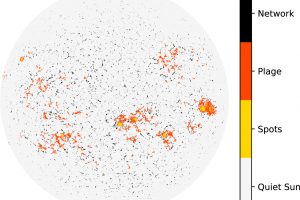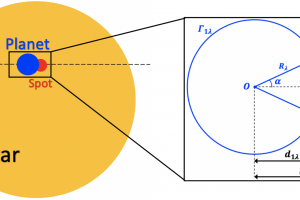The stellar surface trated as a puzzle. The study: “PAStar: a model for stellar surface from the Sun to active stars” of A. Petralia (INAF – OAPA) appeared on A&A

In stars, a continuous tug-of-war unfolds between stellar plasma and the magnetic field. At stake is control over the local dynamics: the winner sets the rules that govern the local stellar properties. For instance, the photosphere of stars is generally quite homogeneous, except for granulation. However, in certain regions of the photosphere, the magnetic field can concentrate, intensify, and produce
» Read more


